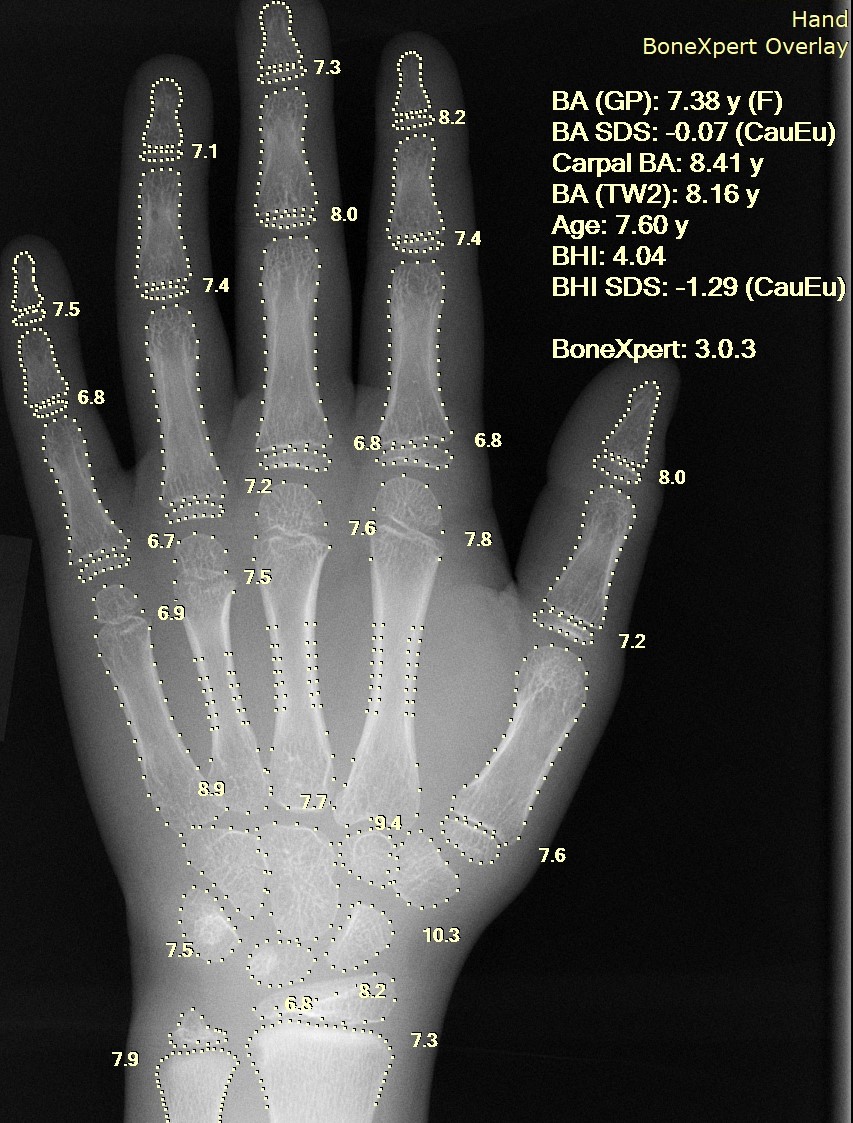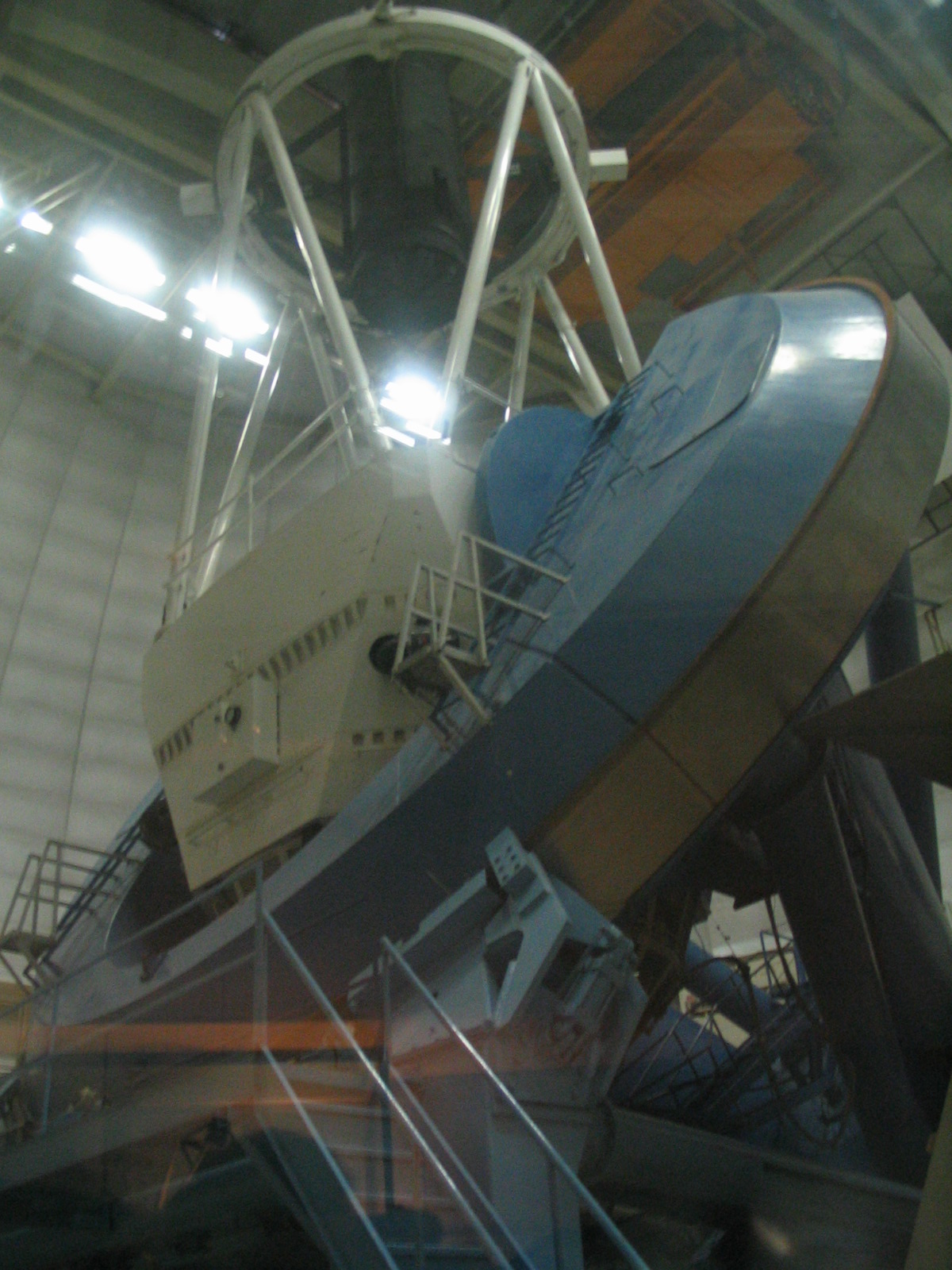|
ESTAR Project
The eSTAR project was a multi-agent system that aimed to implement a heterogeneous network of robotic telescopes for automated observing, and ground-based follow-up to transient events. The project is a joint collaboration between the Astrophysics Group of the University of Exeter and the Astrophysics Research Institute at Liverpool John Moores University. The project was led by Alasdair Allan and Tim Naylor at the University of Exeter, and Iain Steele at Liverpool John Moores University. The eSTAR Project was affiliated with the RoboNet Consortium, and the global Heterogeneous Telescope Networks Consortium. Begun in 2001, the project was part of the virtual observatory. By 2006 the project was running autonomous software agent for observations of variable stars implementing the optimal sampling techniques of Saunders et al. (2006), and the prototype was successfully tested on the RoboNet network of telescopes which includes: the Liverpool Telescope, the Faulkes Telescope North a ... [...More Info...] [...Related Items...] OR: [Wikipedia] [Google] [Baidu] |
Multi-agent System
A multi-agent system (MAS or "self-organized system") is a computerized system composed of multiple interacting intelligent agents.Hu, J.; Bhowmick, P.; Jang, I.; Arvin, F.; Lanzon, A.,A Decentralized Cluster Formation Containment Framework for Multirobot Systems IEEE Transactions on Robotics, 2021. Multi-agent systems can solve problems that are difficult or impossible for an individual agent or a monolithic system to solve.Hu, J.; Turgut, A.; Lennox, B.; Arvin, F.,Robust Formation Coordination of Robot Swarms with Nonlinear Dynamics and Unknown Disturbances: Design and Experiments IEEE Transactions on Circuits and Systems II: Express Briefs, 2021. Intelligence may include methodic, functional, procedural approaches, algorithmic search or reinforcement learning.Hu, J.; Bhowmick, P.; Lanzon, A.,Group Coordinated Control of Networked Mobile Robots with Applications to Object Transportation IEEE Transactions on Vehicular Technology, 2021. Despite considerable overlap, a multi ... [...More Info...] [...Related Items...] OR: [Wikipedia] [Google] [Baidu] |
GRB 090423
GRB 090423 was a gamma-ray burst (GRB) detected by the Swift Gamma-Ray Burst Mission on April 23, 2009 at 07:55:19 UTC whose afterglow was detected in the infrared and enabled astronomers to determine that its redshift is ''z'' = 8.2, which makes it one of the most distant objects detected to date with a spectroscopic redshift ( GN-z11, discovered in 2016, has a redshift of 11). A gamma-ray burst is an extremely luminous event flash of gamma rays that occurs as the result of an explosion, and is thought to be associated with the formation of a black hole. The burst itself typically only lasts for a few seconds, but gamma-ray bursts frequently produce an "afterglow" at longer wavelengths that can be observed for many hours or even days after the burst. Measurements at these wavelengths, which include X-ray, ultraviolet, optical, infrared, and radio, enable follow up study of the event. The finite speed of light means that GRB 090423 is also one of the earliest objects ... [...More Info...] [...Related Items...] OR: [Wikipedia] [Google] [Baidu] |
Multi-agent Systems
A multi-agent system (MAS or "self-organized system") is a computerized system composed of multiple interacting intelligent agents.Hu, J.; Bhowmick, P.; Jang, I.; Arvin, F.; Lanzon, A.,A Decentralized Cluster Formation Containment Framework for Multirobot Systems IEEE Transactions on Robotics, 2021. Multi-agent systems can solve problems that are difficult or impossible for an individual agent or a monolithic system to solve.Hu, J.; Turgut, A.; Lennox, B.; Arvin, F.,Robust Formation Coordination of Robot Swarms with Nonlinear Dynamics and Unknown Disturbances: Design and Experiments IEEE Transactions on Circuits and Systems II: Express Briefs, 2021. Intelligence may include methodic, functional, procedural approaches, algorithmic search or reinforcement learning.Hu, J.; Bhowmick, P.; Lanzon, A.,Group Coordinated Control of Networked Mobile Robots with Applications to Object Transportation IEEE Transactions on Vehicular Technology, 2021. Despite considerable overlap, a multi- ... [...More Info...] [...Related Items...] OR: [Wikipedia] [Google] [Baidu] |
Robotic Telescopes
A robotic telescope is an astronomical telescope and detector system that makes observations without the intervention of a human. In astronomical disciplines, a telescope qualifies as robotic if it makes those observations without being operated by a human, even if a human has to initiate the observations at the beginning of the night or end them in the morning. It may have software agents using artificial intelligence that assist in various ways such as automatic scheduling. A robotic telescope is distinct from a remote telescope, though an instrument can be both robotic and remote. By 2004, robotic observations accounted for an overwhelming percentage of the published scientific information on asteroid orbits and discoveries, variable star studies, supernova light curves and discoveries, comet orbits and gravitational microlensing observations. All early phase gamma ray burst observations were carried by robotic telescopes. Design Robotic telescopes are complex systems that t ... [...More Info...] [...Related Items...] OR: [Wikipedia] [Google] [Baidu] |
Applications Of Artificial Intelligence
Artificial intelligence (AI) has been used in applications to alleviate certain problems throughout industry and academia. AI, like electricity or computers, is a general purpose technology that has a multitude of applications. It has been used in fields of language translation, image recognition, credit scoring, e-commerce and other domains. Internet and e-commerce Search engines Recommendation systems A recommendation system predicts the "rating" or "preference" a user would give to an item.Francesco Ricci and Lior Rokach and Bracha ShapiraIntroduction to Recommender Systems Handbook Recommender Systems Handbook, Springer, 2011, pp. 1-35 Recommender systems are used in a variety of areas, such as generating playlists for video and music services, product recommendations for online stores, or content recommendations for social media platforms and open web content recommenders.Pankaj Gupta, Ashish Goel, Jimmy Lin, Aneesh Sharma, Dong Wang, and Reza Bosagh ZadeWTF: ... [...More Info...] [...Related Items...] OR: [Wikipedia] [Google] [Baidu] |
Observational Astronomy
Observational astronomy is a division of astronomy that is concerned with recording data about the observable universe, in contrast with theoretical astronomy, which is mainly concerned with calculating the measurable implications of physical models. It is the practice and study of observing celestial objects with the use of telescopes and other astronomical instruments. As a science, the study of astronomy is somewhat hindered in that direct experiments with the properties of the distant universe are not possible. However, this is partly compensated by the fact that astronomers have a vast number of visible examples of stellar phenomena that can be examined. This allows for observational data to be plotted on graphs, and general trends recorded. Nearby examples of specific phenomena, such as variable stars, can then be used to infer the behavior of more distant representatives. Those distant yardsticks can then be employed to measure other phenomena in that neighborhood, inc ... [...More Info...] [...Related Items...] OR: [Wikipedia] [Google] [Baidu] |
VOEvent
VOEvent is a standardized language used to report observations of Astronomy, astronomical events; it was officially adopted in 2006 by the IVOA, International Virtual Observatory Alliance (IVOA). Though most VOEvent messages currently issued are related to supernovae, gravitational microlensing, and gamma-ray bursts, they are intended to be general enough to describe all types of observations of astronomical events, including Gravitational wave#Sources of gravitational waves, gravitational wave events. Messages are written in XML, providing a structured metadata description of both the observations and the inferences derived from those observations. The rapid dissemination of event data with a formalized language was the original impetus for the creation of VOEvents and the network (now calleVOEventNet used to transport the messages; indeed VOEvent messages are designed to be compact and quickly transmittable over the internet. The VOEvent language (which is codified in an XML Schema ... [...More Info...] [...Related Items...] OR: [Wikipedia] [Google] [Baidu] |
Gravitational Microlensing
Gravitational microlensing is an astronomical phenomenon due to the gravitational lens effect. It can be used to detect objects that range from the mass of a planet to the mass of a star, regardless of the light they emit. Typically, astronomers can only detect bright objects that emit much light (stars) or large objects that block background light (clouds of gas and dust). These objects make up only a minor portion of the mass of a galaxy. Microlensing allows the study of objects that emit little or no light. When a distant star or quasar gets sufficiently aligned with a massive compact foreground object, the bending of light due to its gravitational field, as discussed by Albert Einstein in 1915, leads to two distorted images (generally unresolved), resulting in an observable magnification. The time-scale of the transient brightening depends on the mass of the foreground object as well as on the relative proper motion between the background 'source' and the foreground 'lens ... [...More Info...] [...Related Items...] OR: [Wikipedia] [Google] [Baidu] |
Probing Lensing Anomalies Network
The Probing Lensing Anomalies NETwork (PLANET) collaboration coordinates a network of telescopes to rapidly sample photometric measurements of the magnification of stars in the galactic bulge undergoing gravitational microlensing by intervening foreground stars (or other compact massive objects). This network consists of five 1m-class optical telescopes distributed in longitude around the southern hemisphere in order to perform quasi-continuous round-the-clock precision monitoring. On a target-of-opportunity basis, less frequent spectroscopic measurements complement the rapid photometry for selected prime targets. Since 2005, PLANET performs a common microlensing campaign with RoboNet-1.0, a network of UK-operated 2.0m robotic telescopes. In January 2009, PLANET has merged with the MicroFUN collaboration. Telescopes For the 2006 observing season, the telescopes involved were (apart from the RoboNet telescopes): * Danish 1.54m telescope at ESO, La Silla, Chil* 1.0 meter telesc ... [...More Info...] [...Related Items...] OR: [Wikipedia] [Google] [Baidu] |
Extra-solar Planets
An exoplanet or extrasolar planet is a planet outside the Solar System. The first possible evidence of an exoplanet was noted in 1917 but was not recognized as such. The first confirmation of detection occurred in 1992. A different planet, initially detected in 1988, was confirmed in 2003. There are many methods of detecting exoplanets. Transit photometry and Doppler spectroscopy have found the most, but these methods suffer from a clear observational bias favoring the detection of planets near the star; thus, 85% of the exoplanets detected are inside the tidal locking zone. In several cases, multiple planets have been observed around a star. About 1 in 5 Sun-like starsFor the purpose of this 1 in 5 statistic, "Sun-like" means G-type star. Data for Sun-like stars was not available so this statistic is an extrapolation from data about K-type stars. have an "Earth-sized"For the purpose of this 1 in 5 statistic, Earth-sized means 1–2 Earth radii. planet in the habitable zone ... [...More Info...] [...Related Items...] OR: [Wikipedia] [Google] [Baidu] |
Swift Gamma-Ray Burst Mission
Neil Gehrels Swift Observatory, previously called the Swift Gamma-Ray Burst Explorer, is a NASA three-telescope space observatory for studying gamma-ray bursts (GRBs) and monitoring the afterglow in X-ray, and UV/Visible light at the location of a burst. It was launched on 20 November 2004, aboard a Delta II launch vehicle. Headed by principal investigator Neil Gehrels until his death in February 2017, the mission was developed in a joint partnership between Goddard Space Flight Center (GSFC) and an international consortium from the United States, United Kingdom, and Italy. The mission is operated by Pennsylvania State University as part of NASA's Medium Explorer program (MIDEX). The burst detection rate is 100 per year, with a sensitivity ~3 times fainter than the BATSE detector aboard the Compton Gamma Ray Observatory. The Swift mission was launched with a nominal on-orbit lifetime of two years. Swift is a NASA MIDEX (medium-class Explorer) mission. It was the third to be la ... [...More Info...] [...Related Items...] OR: [Wikipedia] [Google] [Baidu] |





